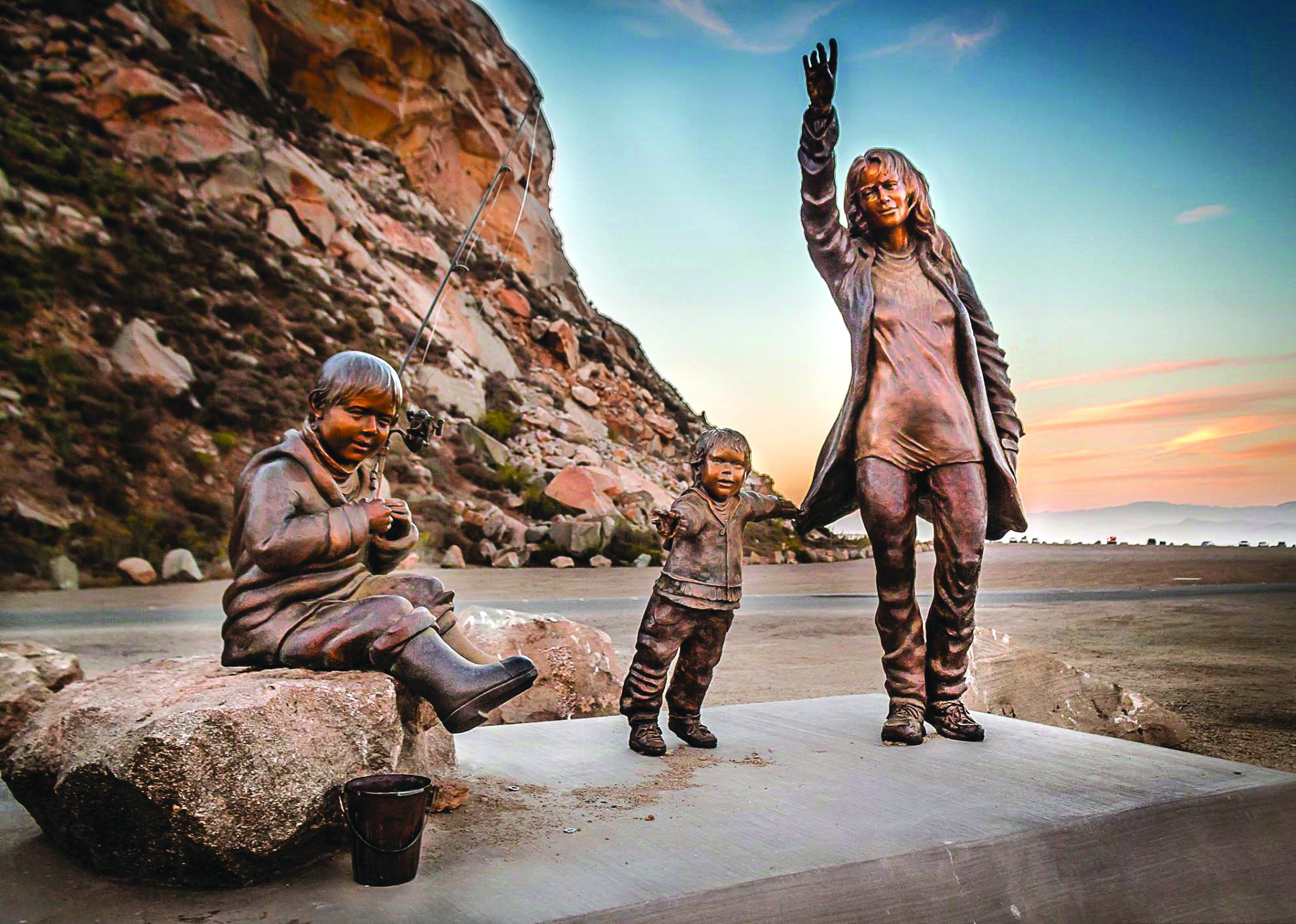Depression, anxiety, and thoughts of suicide are not uncommon in any fishing community no matter which coast you are on. It is an isolating, dangerous occupation full of uncertainty and expenses; it costs time, money, and many sacrifices to be a fisherman.
There are numerous mental health resources that exist for farmers and ranchers. A quick Google search of “mental health resources for farmers” offers about 128 million results. Surely, not all these results are relevant, but the first dozen is specific to resources for farmers and include articles about how current stresses in the environment and policy are affecting the mental health of farmers.
A search of “mental health resources for fishermen” does not yield the same results. This search only elicits about 7.5 million results and the first dozen barely apply to commercial harvesters. In fact, one of the articles listed is “Why taking a fishing trip is good for your mental health.” I’m guessing that’s not for the guys heading out to sea for a couple of months to deal with all kinds of weather and uncertainties and risk their lives to bring home some seafood.
The fishing industry in the United States has one of the highest number of suicides per capita than any other business. It is also the most dangerous civilian job in the United States with 100 deaths per 100,000 workers. This alone should be enough to have people falling all over themselves to create programs and funding to better serve fishermen and their families. But it’s not.
Fishermen across the country are currently dealing with: environmental changes and severe weather; regulation changes; threats from ENGOs; increasing costs of doing business (without the ability to increase the price to their boat); slanderous media articles and headlines; onshore development displacing working waterfronts; new offshore businesses that could displace traditional fishing grounds; and, the expectation to continue to harvest food for Americans without appropriate opportunities to defend their livelihoods and way of life.
The carbon footprint of most agricultural products that are purchased in the grocery store is higher than that of wild seafood. Agricultural businesses use pesticides that make their way to the ocean and affect fish stocks and water quality. The U.S. government spends more than $20 billion on subsidies for farmers. Young farmers have programs to help them grow their businesses, and old farmers have programs to help them sell their businesses in a way that allows it to remain a farm. Farmers have FarmAid, USDA’s Know Your Farmer campaign, and the willingness of most consumers and NGOs to drop everything to defend their way of life and farms. Must be nice.
More than helping fishermen and their families learn how to cope with stress, more than giving fishermen a number to call when they need help, and more than funding to develop programs that alleviate stress for fishermen, mental health programs will humanize the fishing industry.
For far too long it has been too easy for ENGOs, consumers, and others to persecute fishermen for making a good living and providing healthy seafood. It is too easy for people to discriminate against fishing because they do not see the fishermen behind the product, nor understand the uncertainty that exists for that fisherman. We need mental health resources for commercial fishermen, and we need them now.







